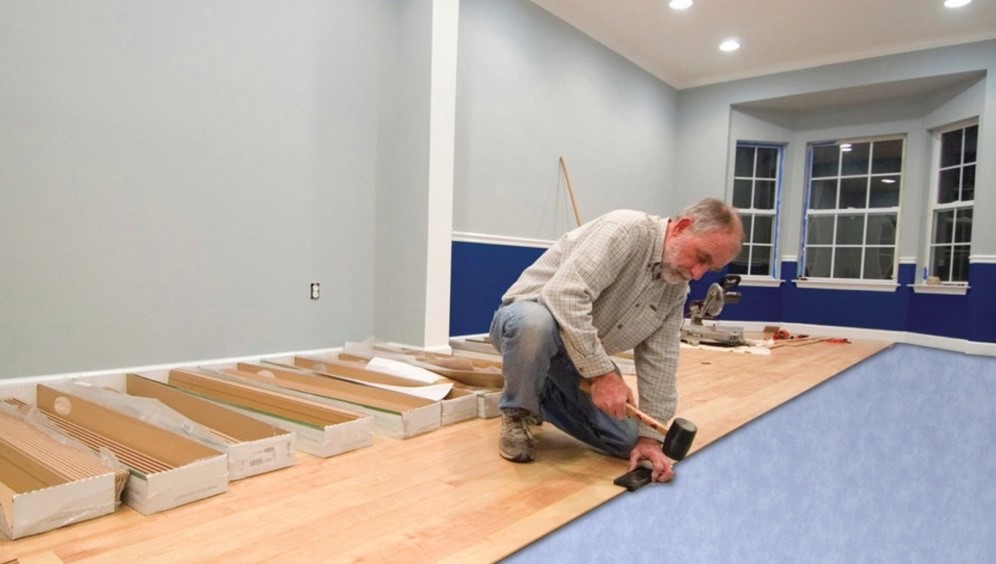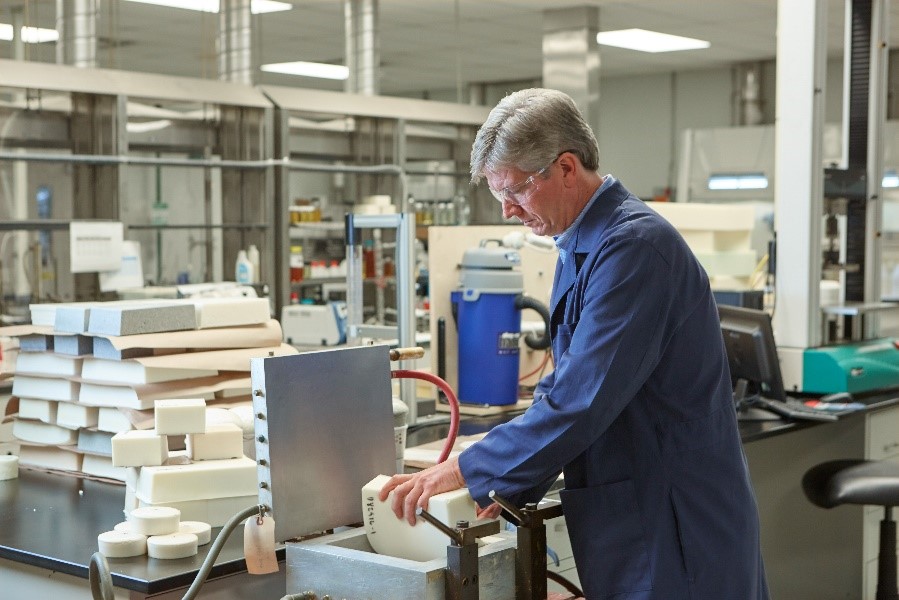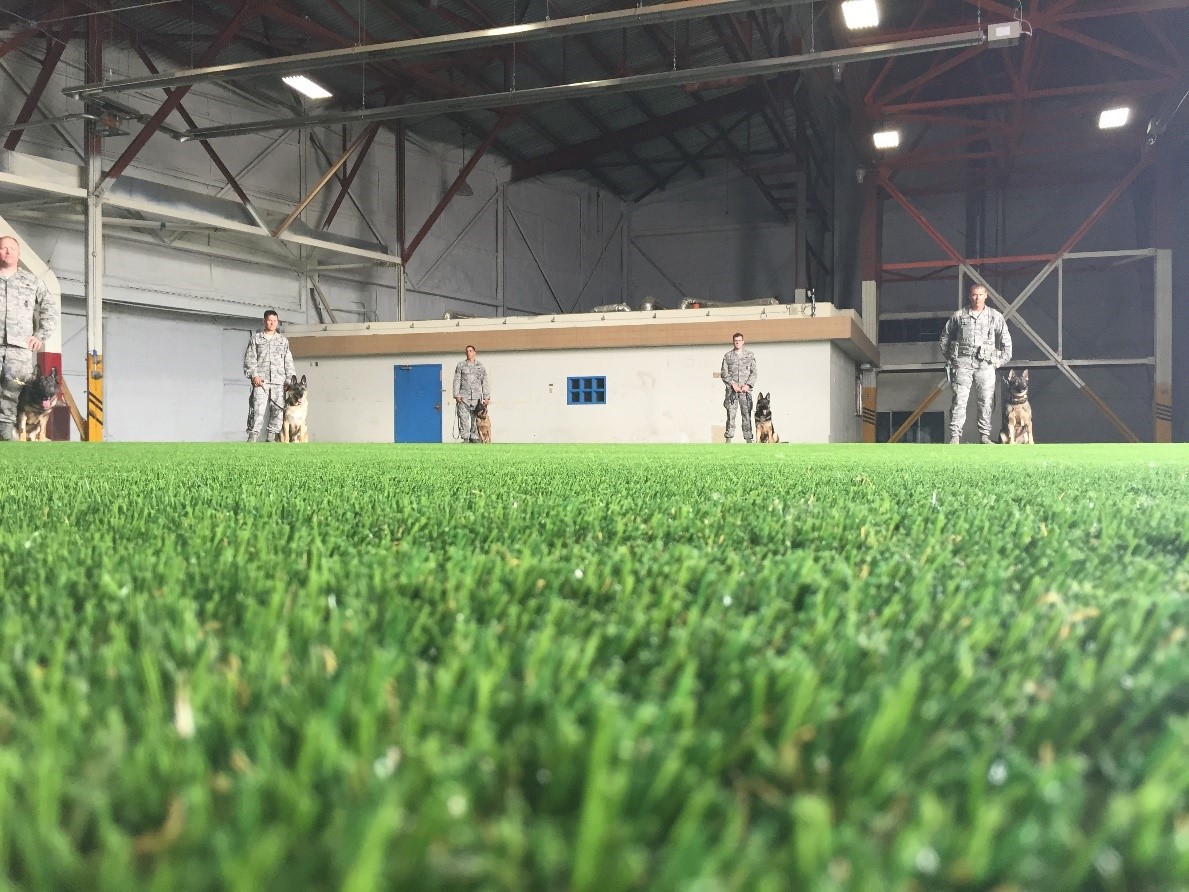Cargill’s BiOH Polyols Breaks Barrier for Green Polyurethane
December, 2008
Cargill and Pittsburgh State University’s Kansas Polymer Research Center (KPRC) partnered to develop the first commercially viable soy-based polyols used in flexible foams for furniture, car interiors and carpets. Today Cargill sells those polyol products under the BiOH brand and counts some of the biggest names in retail among its customers. The soybean checkoff helped fund the initial research at the KPRC.
“Flexible foams are one of the largest applications in the polyurethane industry and have a wide range of end uses,” says Yusuf Wazirzada, Cargill’s business unit leader for BiOH.
Currently all BiOH polyols are made from soybean oil, which is further processed to make urethane polyols. Manufacturers mix BiOH polyols and petro polyols with isocyanate, which reacts and yields polyurethane. This polyurethane can take many forms, including flexible and rigid foams, coatings, adhesives, sealants and elastomers. BiOH flexible foam can currently be found in upholstered furniture, mattresses and automobile seats.
To make foam, the chemical mixture is poured onto a long, moving, side-walled conveyor on which it rises into a bun. Then it can be cut into the desired shape and size after curing. Alternatively, foam can also be poured into a mold and allowed to take a shape before curing.
“For a long time, flexible foam was inaccessible to large-scale use of biobased polyol technology, and Cargill cracked the code,” says Wazirzada.
Soy foam furniture with Cargill’s BiOH polyols are available nationwide at many retailers including Crate & Barrel and Macy’s. An example of flexible foam furniture was on display at the National Association of Farm Broadcasting Convention on Nov. 13 in Kansas City, Mo.
“Sofas, recliners and upholstered chairs in your living room are filled with cushions made of polyurethane foam, so this is an exciting opportunity for soy,” says Karen Fear, United Soybean Board New Uses committee vice chair and a soybean farmer from Montpelier, Ind.
“I’m proud our checkoff helped develop this new market for our soybeans.”
Partially replacing petroleum with biobased polyols helps reduce the finished product’s carbon footprint.
“Our vision is to completely replace the petroleum polyol at some point,” says Wazirzada. “Not long ago, it was all petroleum polyol. Where we’ve come so far has raised the bar.”
A preliminary life cycle analysis shows that manufacturing BiOH polyols results in 36 percent less global warming emissions, 61 percent less non-renewable energy use and 23 percent less total energy demand than petroleum polyols. Also, every 1 million pounds of BiOH that replaces traditional petro polyols in foam cushioning saves approximately 2,200 barrels of crude petroleum, according to the



